This page is available in: বাংলা Español Français Portugués
Women’s right to freedom of expression requires them to be equally able to share their ideas and opinions – online and offline – without censorship or fear of retaliation, which can drive them out of public debate.
Proposals to improve journalists’ safety often assume that one size fits all. Yet ARTICLE 19 has found that women journalists face uniquely gendered risks – from workplace harassment to online rape threats and physical attacks. A gendered lens is vital to understand and mitigate these risks.
Women journalists are not a monolithic group. The risks and abuse they face differ depending on their race, nationality, sexual orientation, religion, and other characteristics. Those who already face oppression in one form or another typically face greater risks and harsher abuse.
Such an approach requires us to attend to women’s everyday lives, in all their diversity. And it enables us to learn from women’s creativity and resilience in the face of structural inequalities.
An intersectional feminist approach – one that accounts for these intersecting forms of oppression – is needed to enhance the safety of all women journalists, everywhere.
ARTICLE 19’s new project, Equally Safe: Towards a Feminist Approach to the Safety of Journalists, offers new research, case studies from 6 countries, practical guidelines, and advocacy tools. These will help civil society, journalists, researchers, and policy makers to apply an intersectional feminist approach in their work.
The facts
Between half and two-thirds of women journalists have experienced gender-based harassment and abuse – and women from marginalised groups are targeted more often.
Those responsible are multiple, varied (from governments to sources, colleagues, and family members), and rarely held accountable.
An intersectional feminist approach is needed to enhance the safety of all women journalists, including those facing multiple forms of discrimination.
Worldwide – as our new research shows – women journalists are designing solutions that work for them, which we can learn from and replicate.
Recommendations
Images: Original photos © Shutterstock. Illustrations by Mariana Coan

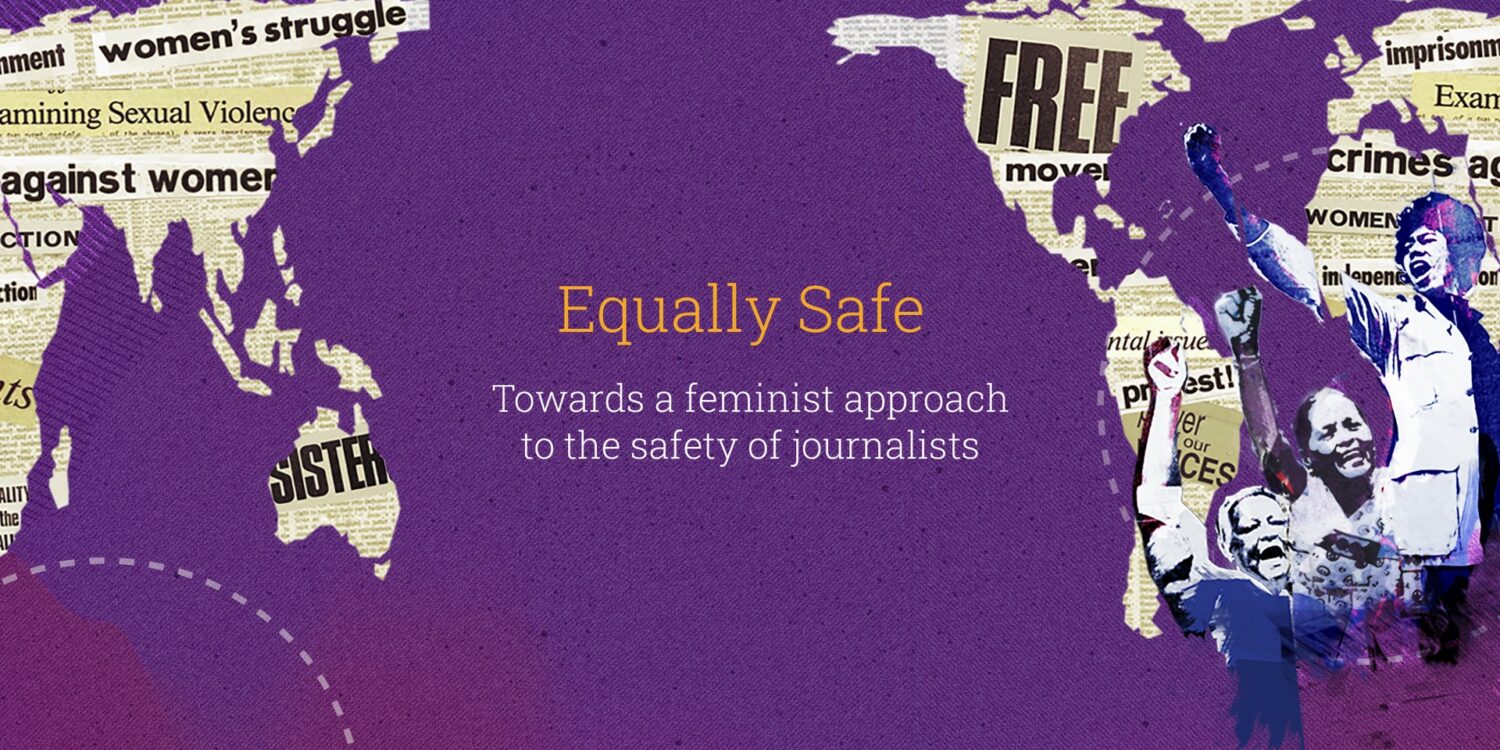
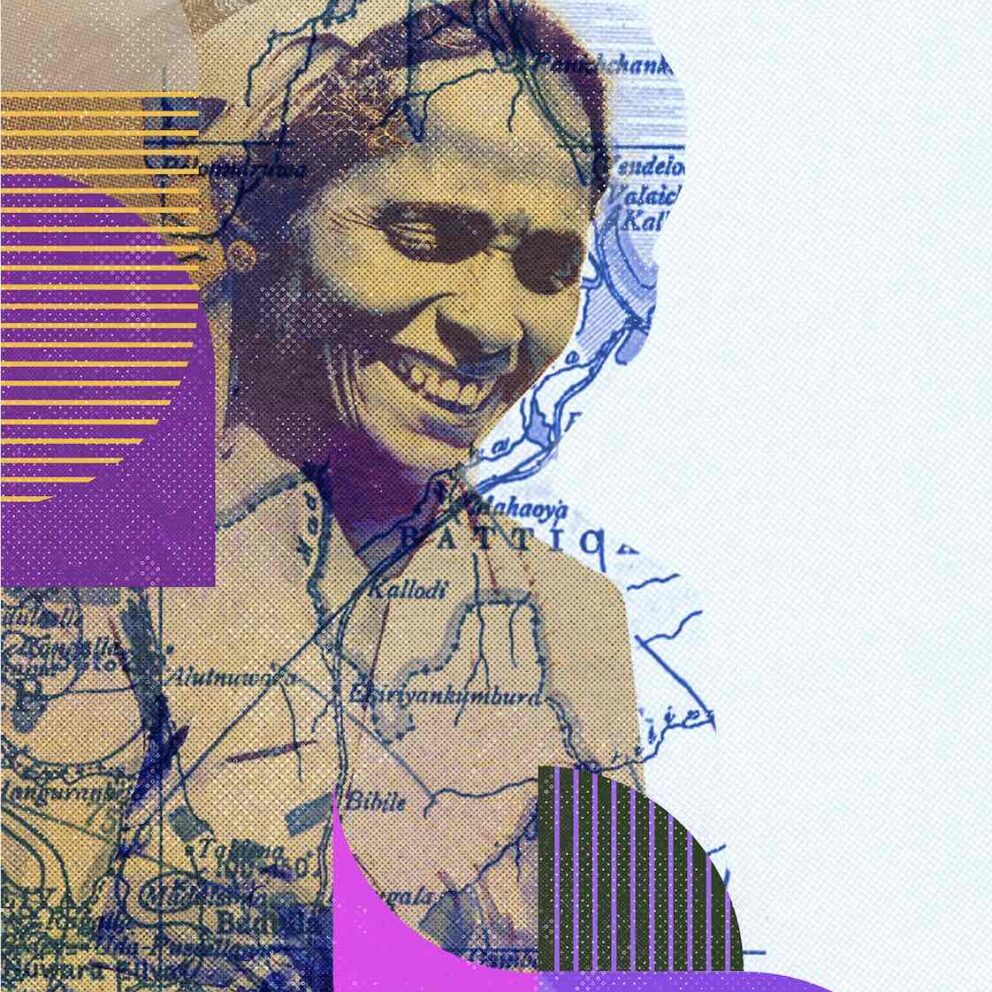

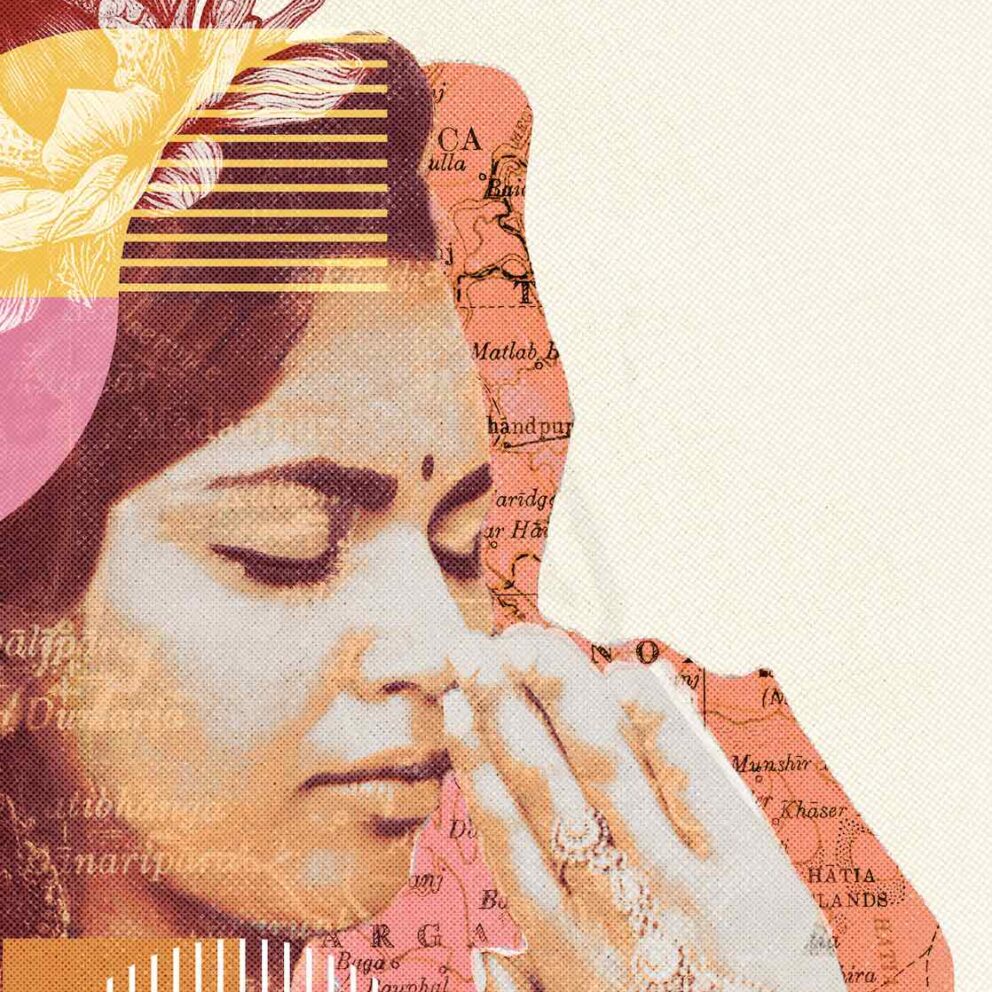
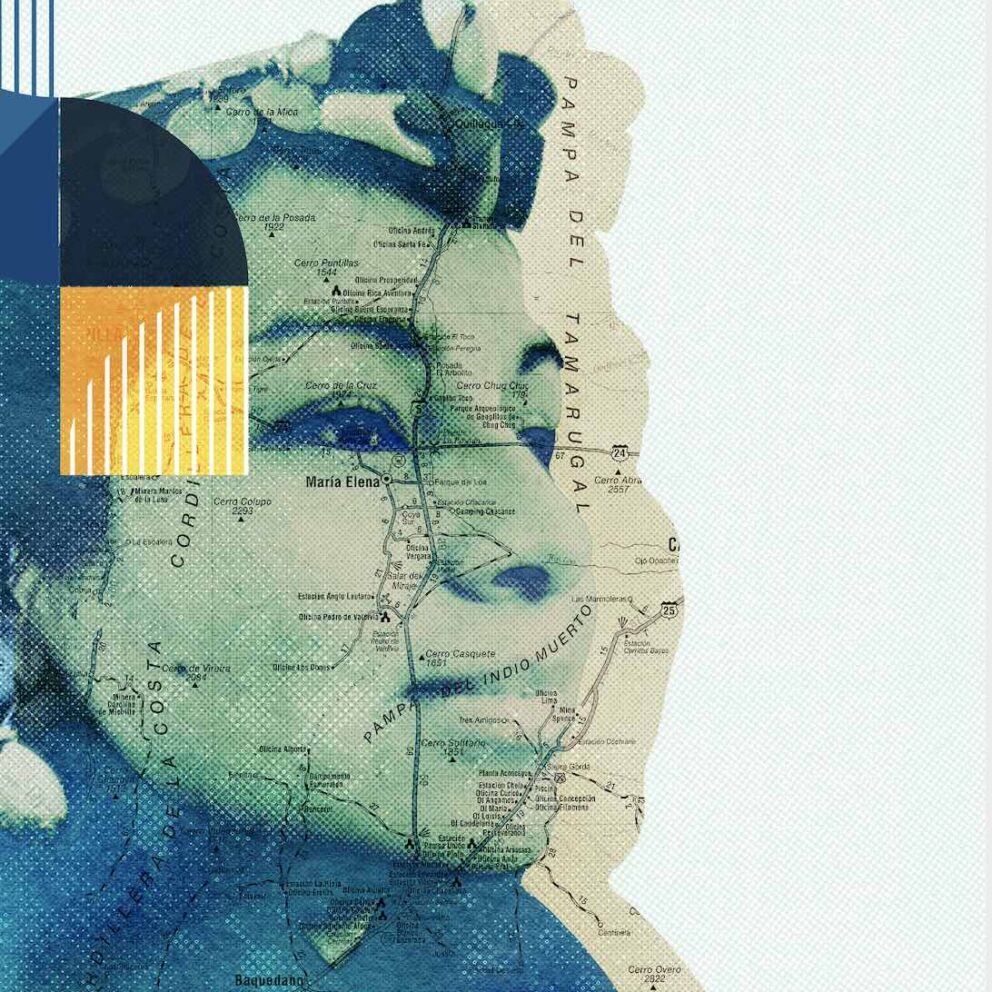
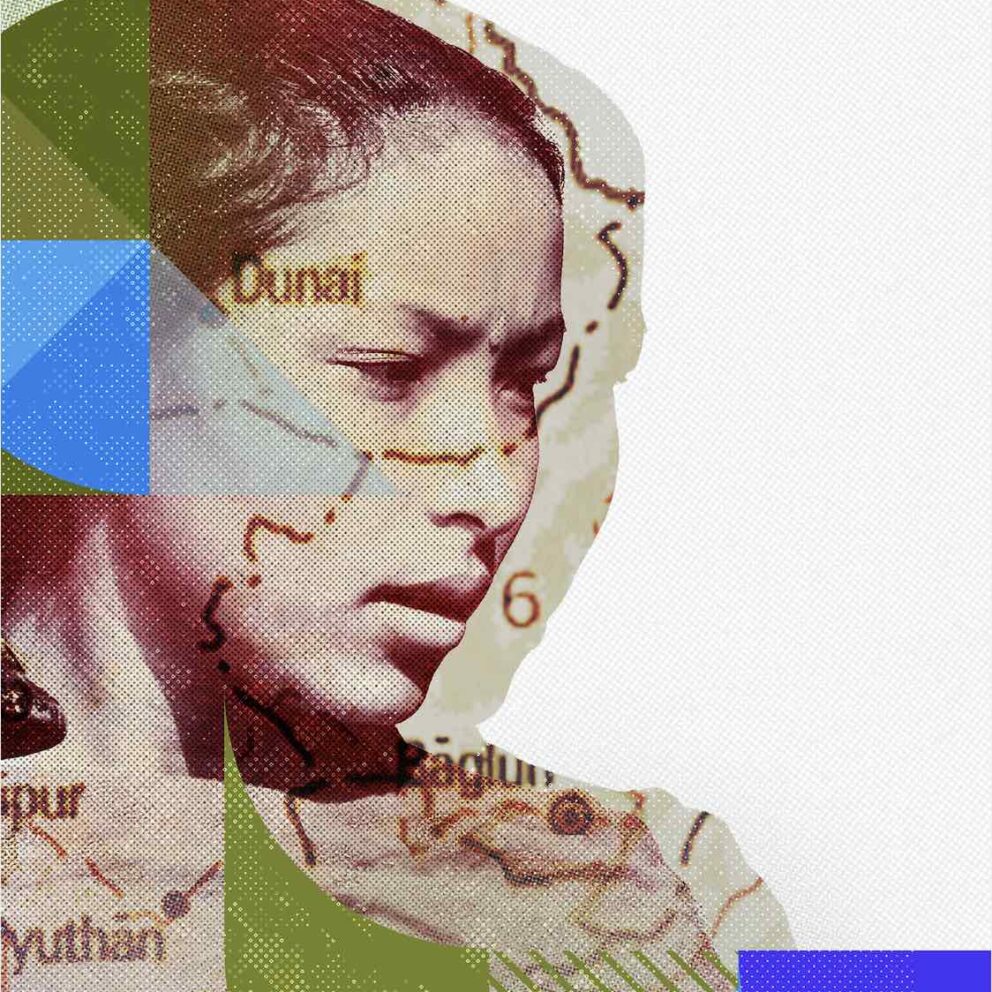
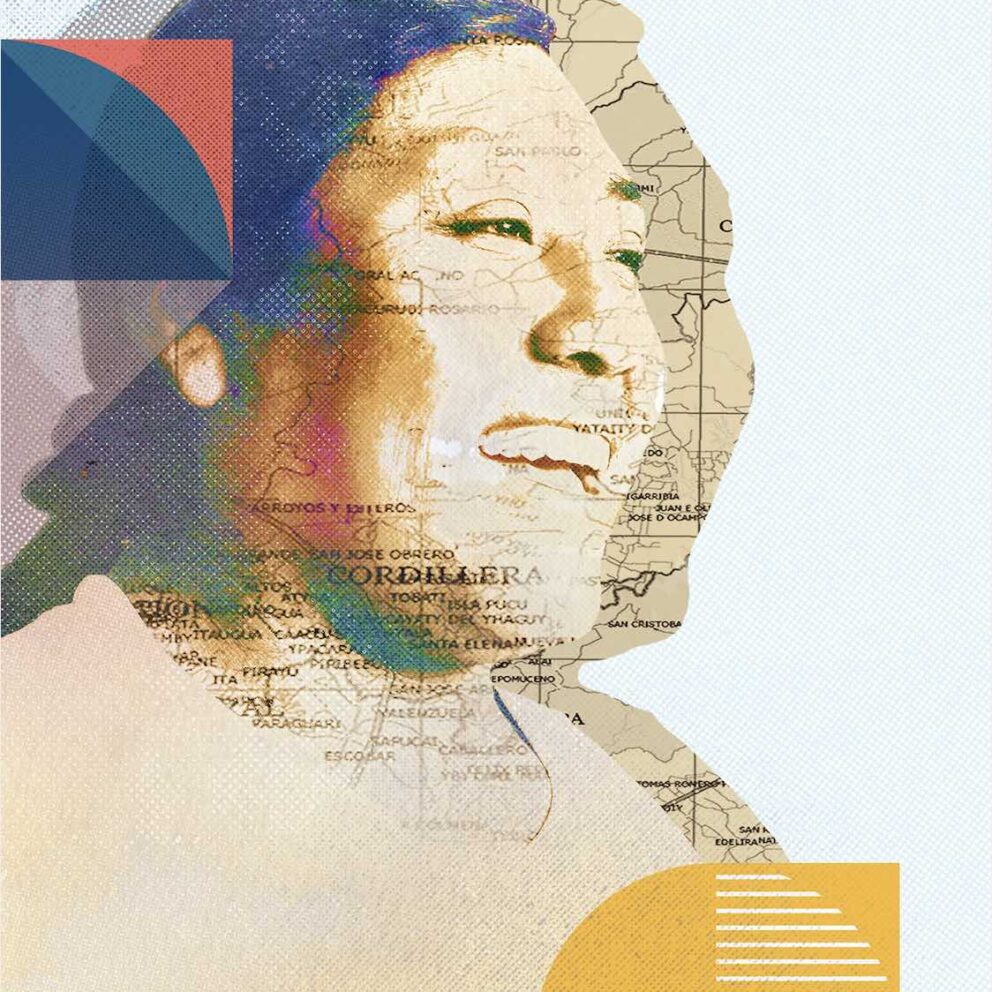

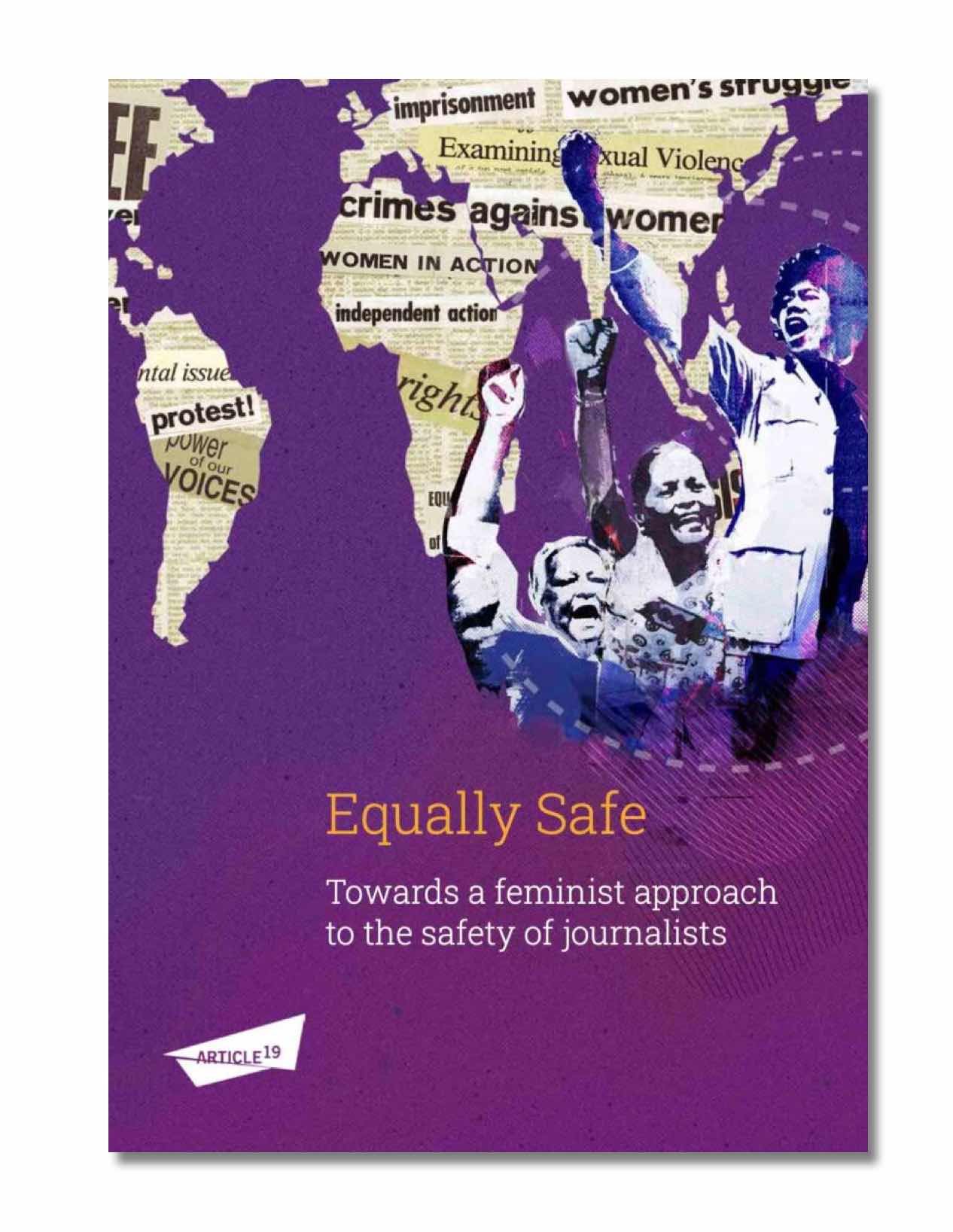 Global research: Our new research explores what a feminist approach to the safety of journalists might look like, with examples worldwide and recommendations for positive change.
Global research: Our new research explores what a feminist approach to the safety of journalists might look like, with examples worldwide and recommendations for positive change.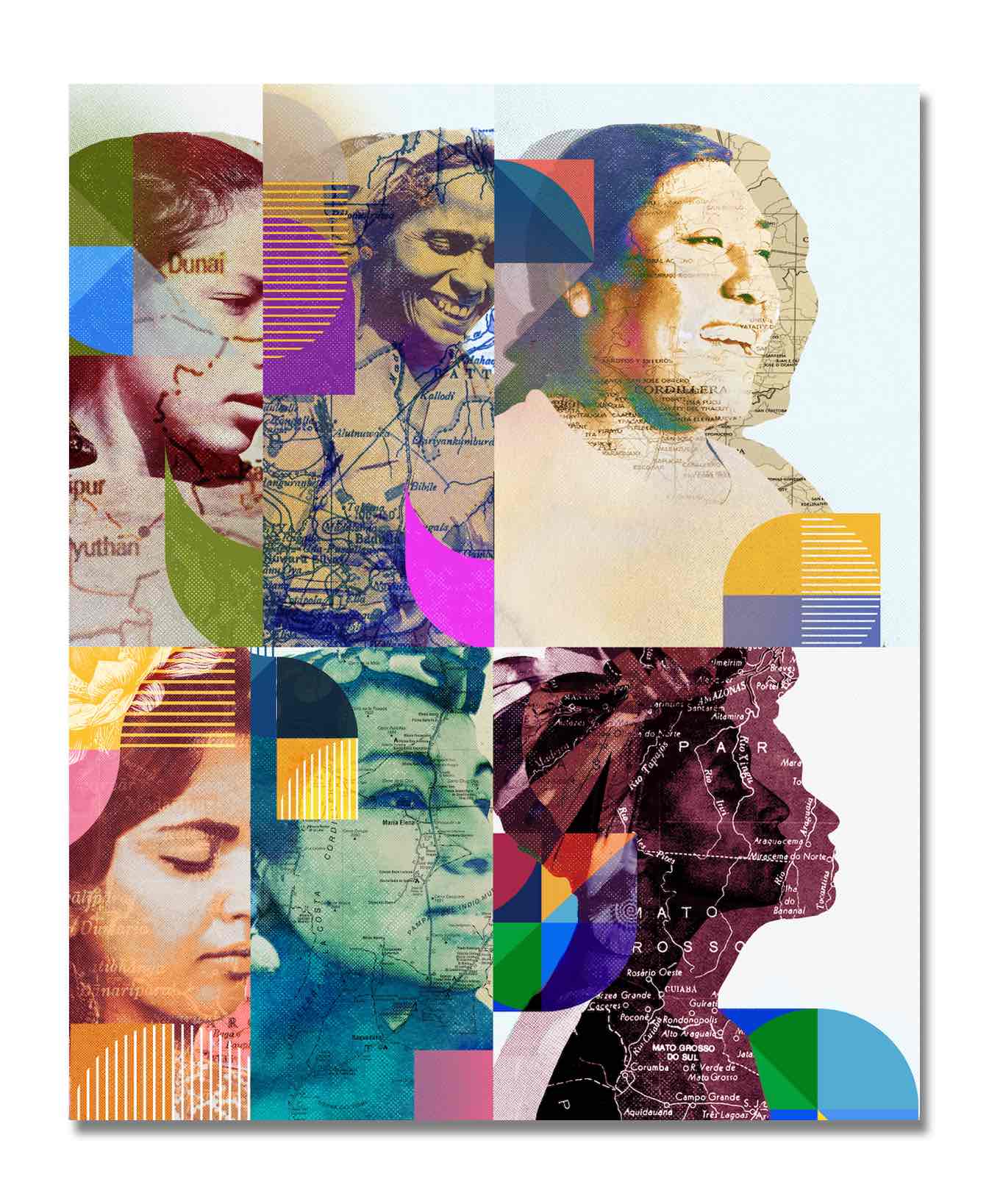 Global stories: 6 case studies from
Global stories: 6 case studies from 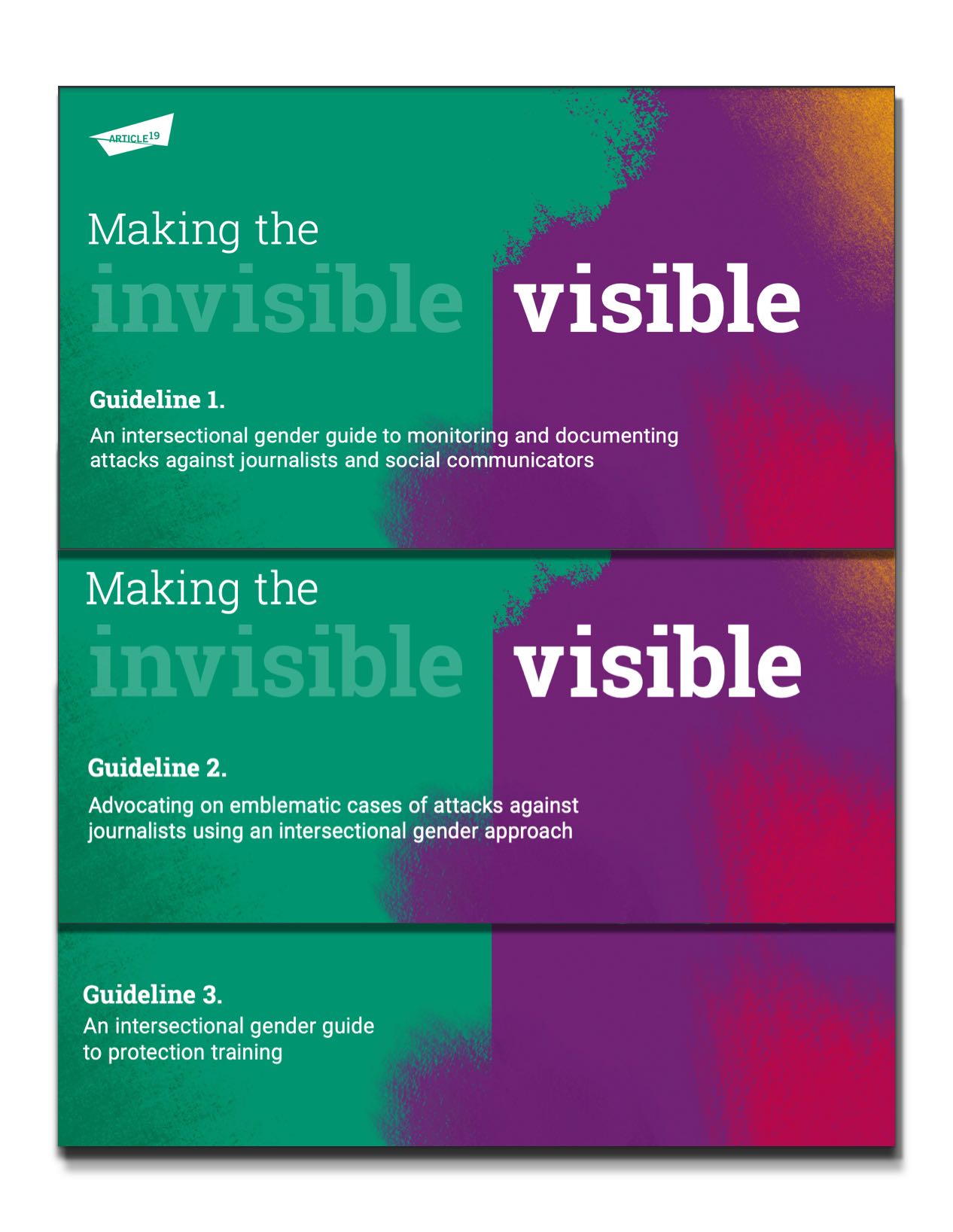 Intersectional gender guidelines: Practical guidelines to help civil society organisations take an intersectional gender approach to their work on the safety of journalists.
Intersectional gender guidelines: Practical guidelines to help civil society organisations take an intersectional gender approach to their work on the safety of journalists.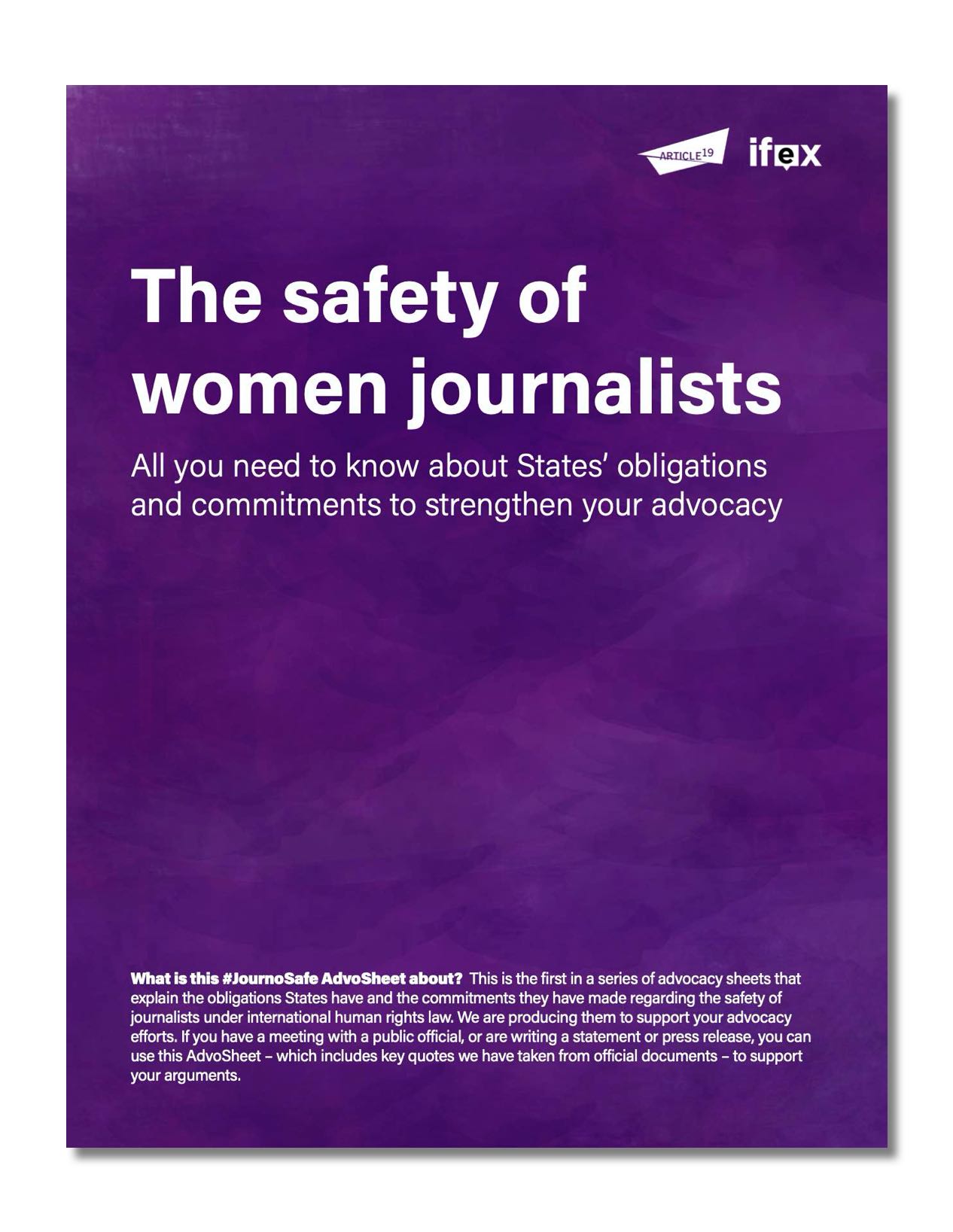
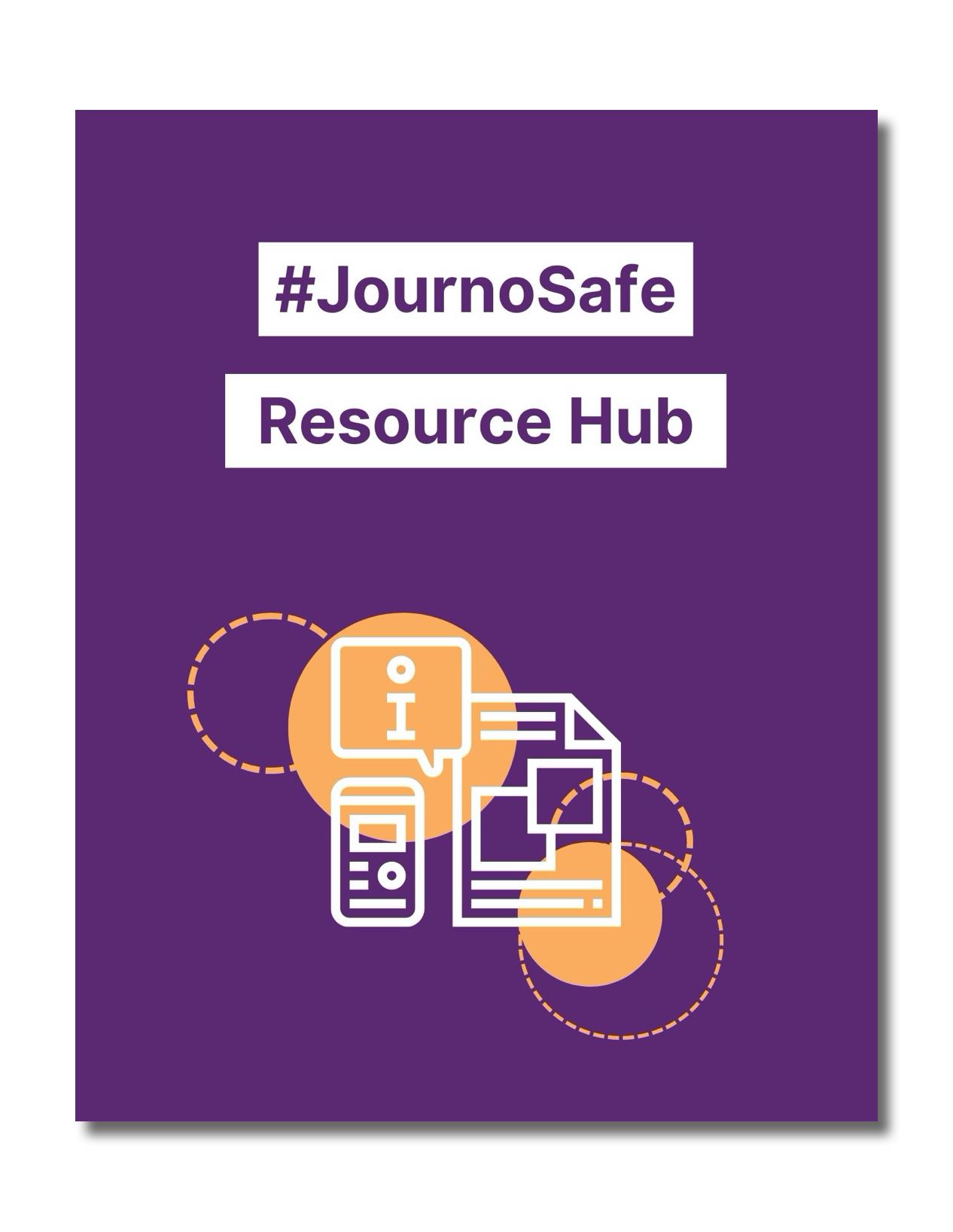 #JournoSafe Resource Hub: A resource for advocates working on the safety of journalists, collecting international human rights standards, research, manuals, and guidelines in one hub.
#JournoSafe Resource Hub: A resource for advocates working on the safety of journalists, collecting international human rights standards, research, manuals, and guidelines in one hub.